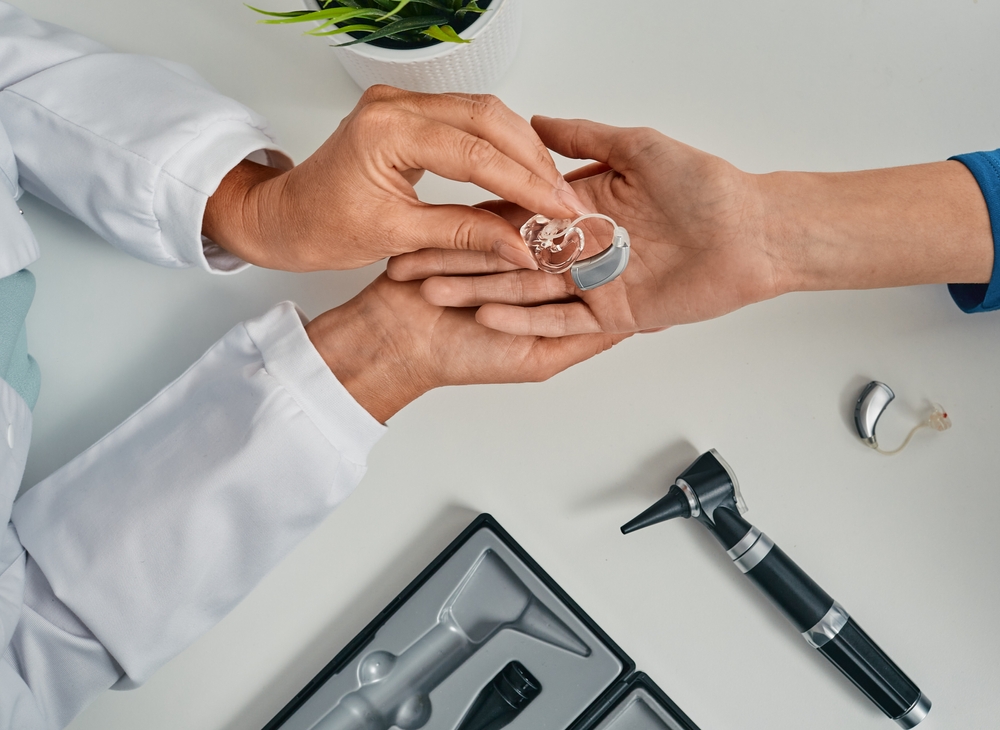
Hearing aids are essential for strengthening day-to-day communication by improving the clarity of sound. To keep them performing at their best, routine maintenance and professional cleanings are essential. As a result of prolonged use, an accumulation of earwax, moisture, and other particles can happen, causing functionality to decline. Recognizing when to find professional servicing can help extend the longevity of your hearing aids and maintain optimum performance.
Why it’s important to have your hearing aids professionally cleaned
Even with consistent at-home care, hearing aids gradually collect buildup that may impact sound quality and performance. Regular servicing provides numerous advantages:
- Thorough Sanitizing– Effectively eradicates stubborn earwax, dust, and moisture that routine cleaning techniques frequently miss.
- Enhanced efficiency – Removes blockages that might cause muted audio or distortion.
- Extended Lifespan– Protects against early wear and tear, decreasing the need for repairs or replacements.
Routine professional cleanings keep your hearing aids functioning effectively, decreasing the chance of unexpected malfunctions.
Indications that your hearing aids require professional upkeep
If you’re not sure whether it’s time for an expert cleaning, look for these common warning signs:
- Muted or Distorted Sound: If voices and ambient sounds seem unclear, weak, or distorted, it may be due to wax or debris obstructing the microphone or speaker.
- Relentless Whistling or Feedback: A high-pitched screeching sound (feedback) can signify wax buildup or a poor fit. A professional cleaning can help eliminate obstructions and fine-tune the fit.
- Issues with Volume Control: If changing the volume doesn’t seem to have the desired effect, internal elements may require repair or software recalibration.
- Moisture-Related Breakdowns: Too much moisture can damage internal components, leading to sporadic sound loss or malfunctioning buttons. A professional repair professional can evaluate and address any moisture-related concerns.
- If you recognize a noticeable increase of earwax or dirt on your hearing aids, it is recommended to have them professionally cleaned for a more extensive elimination compared to cleaning them at home.
- Utilize precision tools to remove wax, dirt, and moisture without damaging delicate parts.
- Examine and repair components to confirm all elements are working properly.
- Examine both software and hardware to determine any performance issues that may be affecting the quality of sound.
- Switch out deteriorated filters or tubing that might be impede device performance.
- Standard maintenance should be conducted every 3 to 6 months.
- Regular cleanings are suggested for people who tend to produce a lot of earwax or reside in areas with high humidity, as these conditions can intensify wax accumulation.
- As soon as problems arise, dealing with minor problems early can avoid costly repairs.
What does a professional hearing aid cleaning look like?
A professional cleaning visit goes past routine upkeep and ensures your devices function optimally. During the appointment, specialists will:
What is the suggested time frame for setting up professional maintenance?
The regularity of professional cleanings depends on factors including earwax production, humidity levels, and usage practices. Commonly recommended best practices are:
Take care of your hearing aids for optimal performance
To keep your hearing aids working efficiently and providing crisp, clear audio, it’s essential to schedule routine exams and maintenance with a hearing care professional.
If you’re experiencing muffled audio, feedback, or functionality issues, it may be time to schedule a professional cleaning.
Set up an appointment for your hearing aid cleaning and maintenance now.
